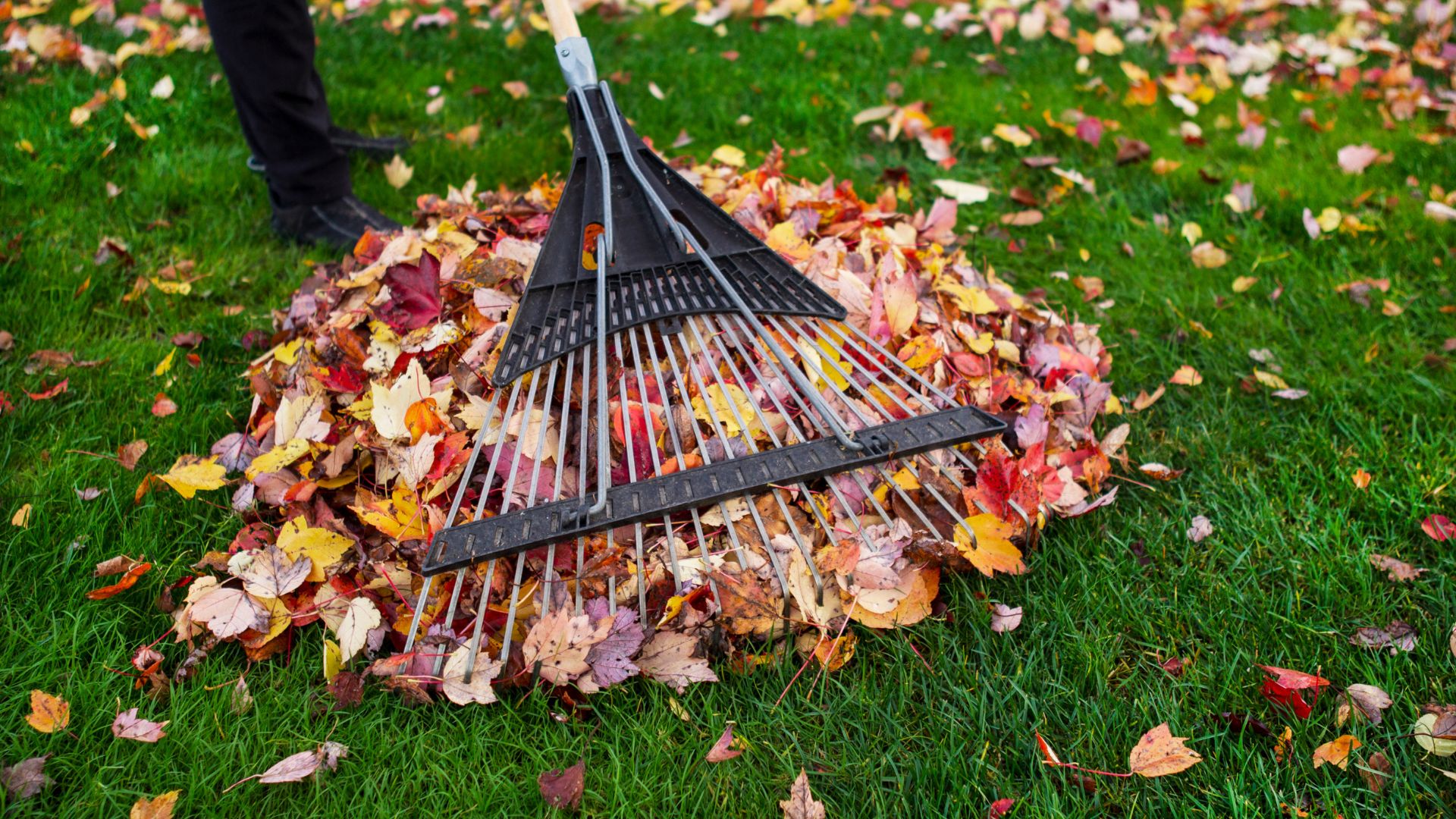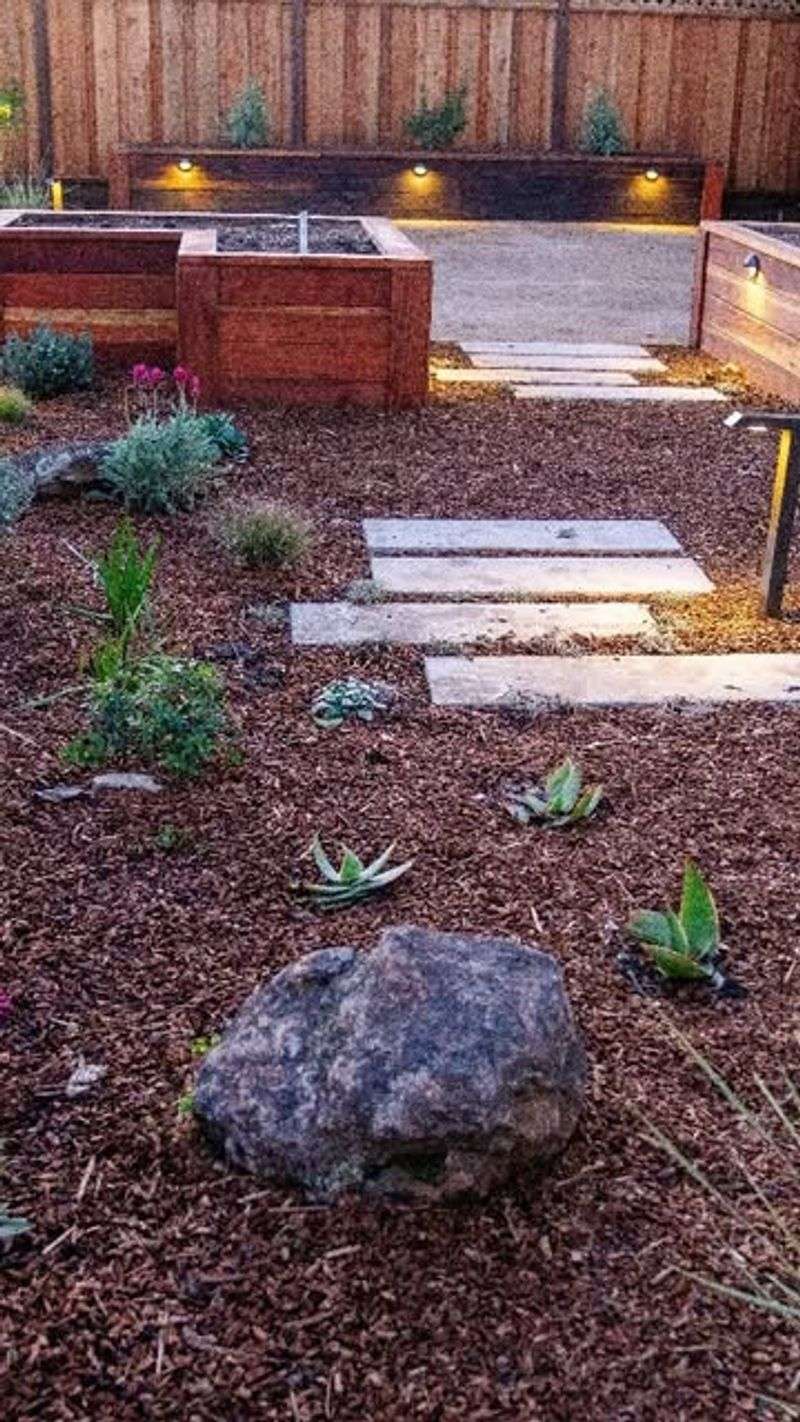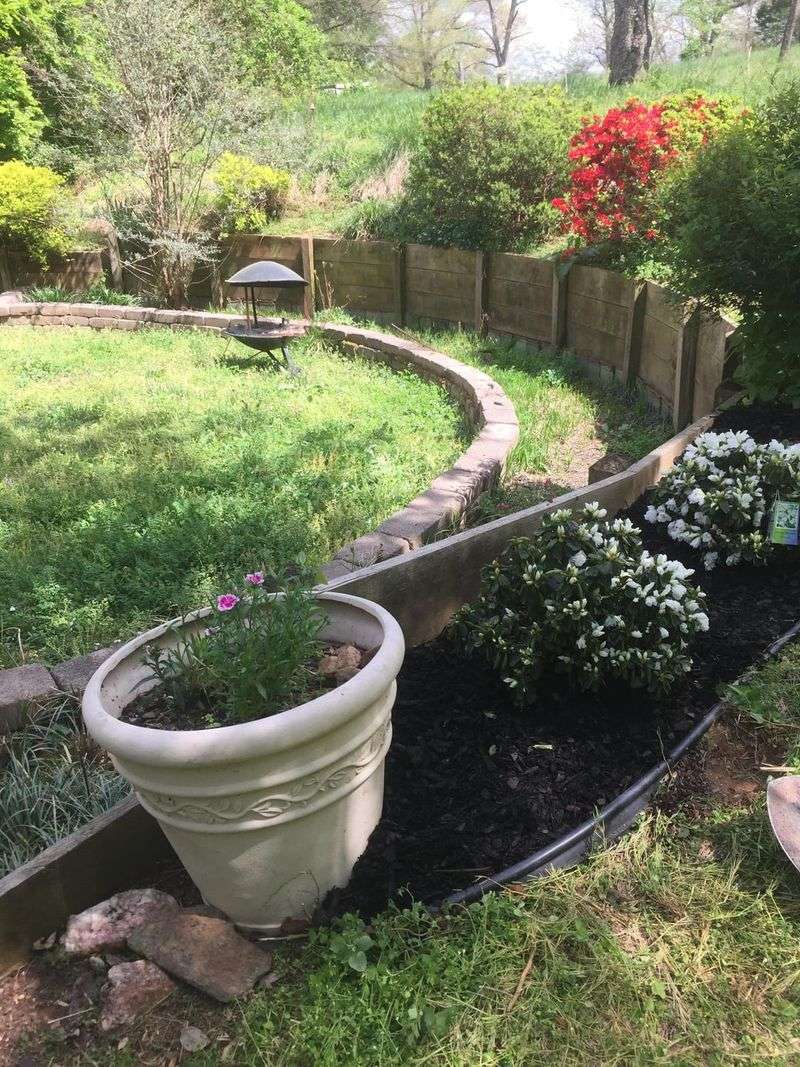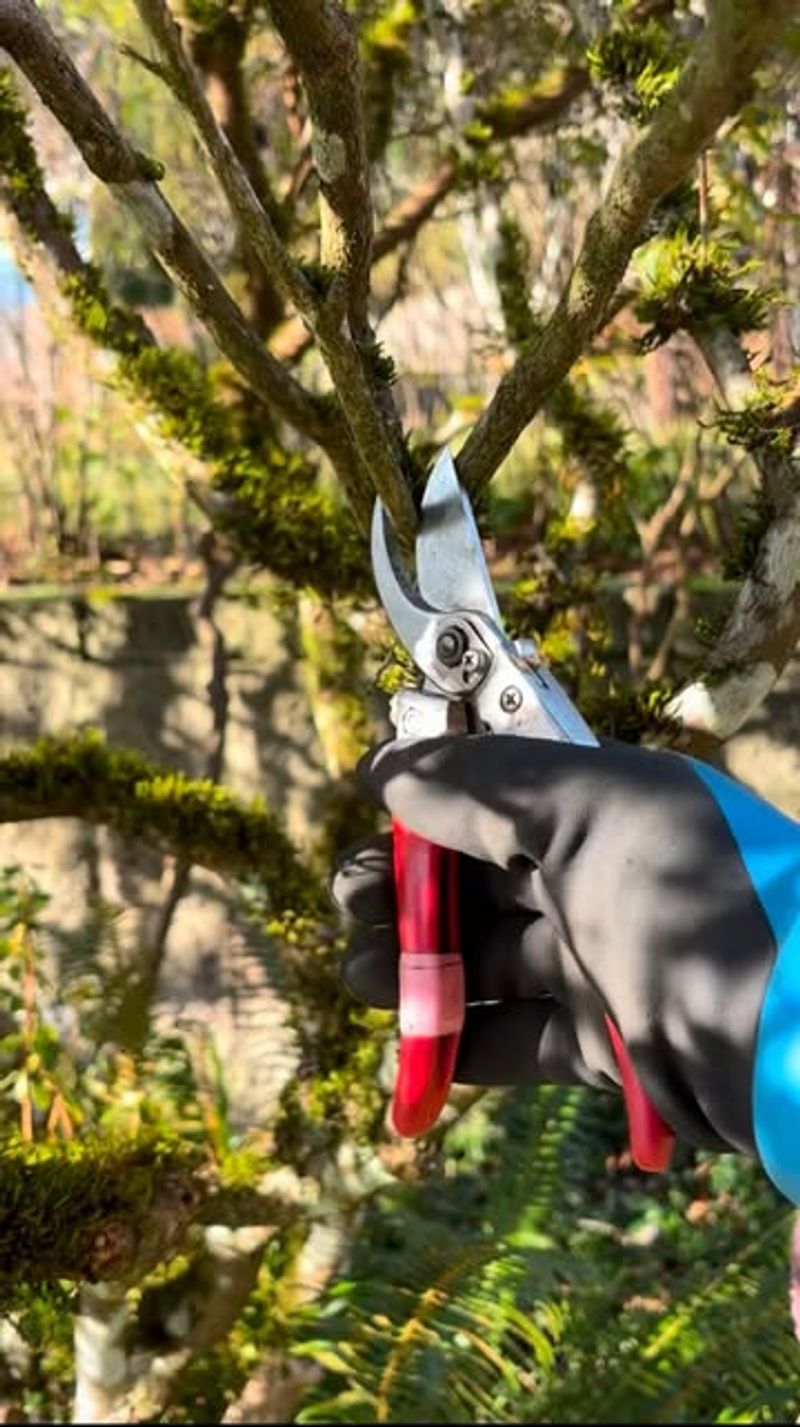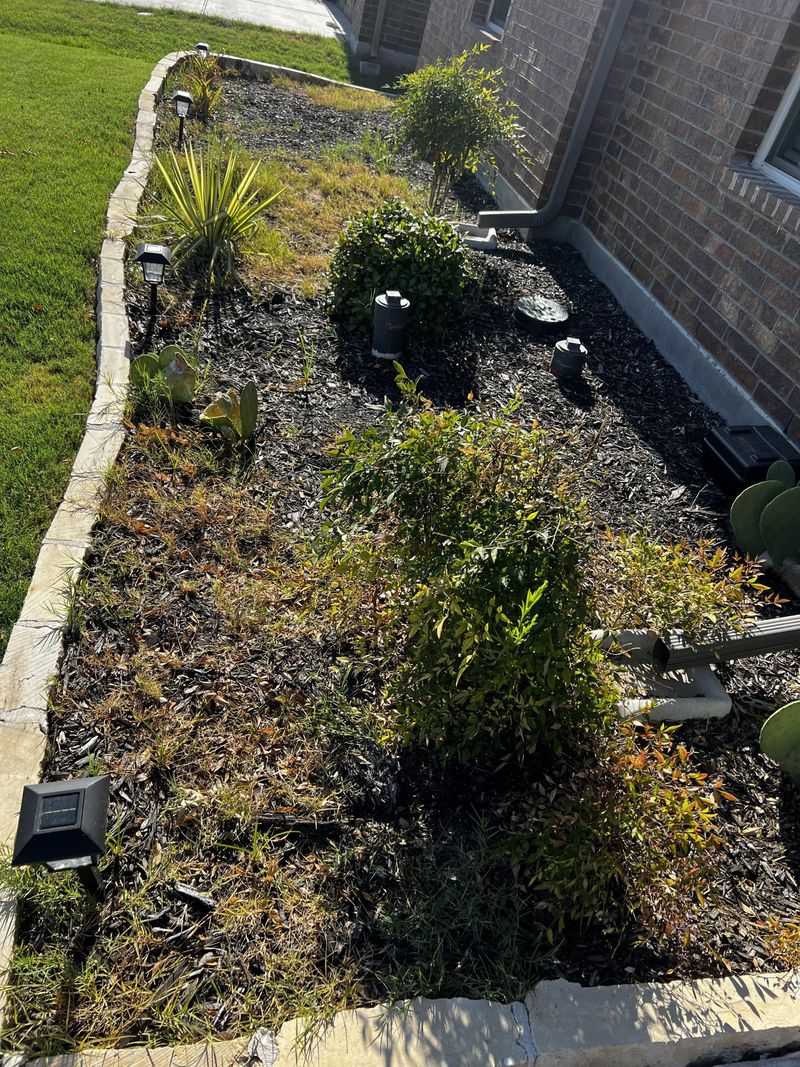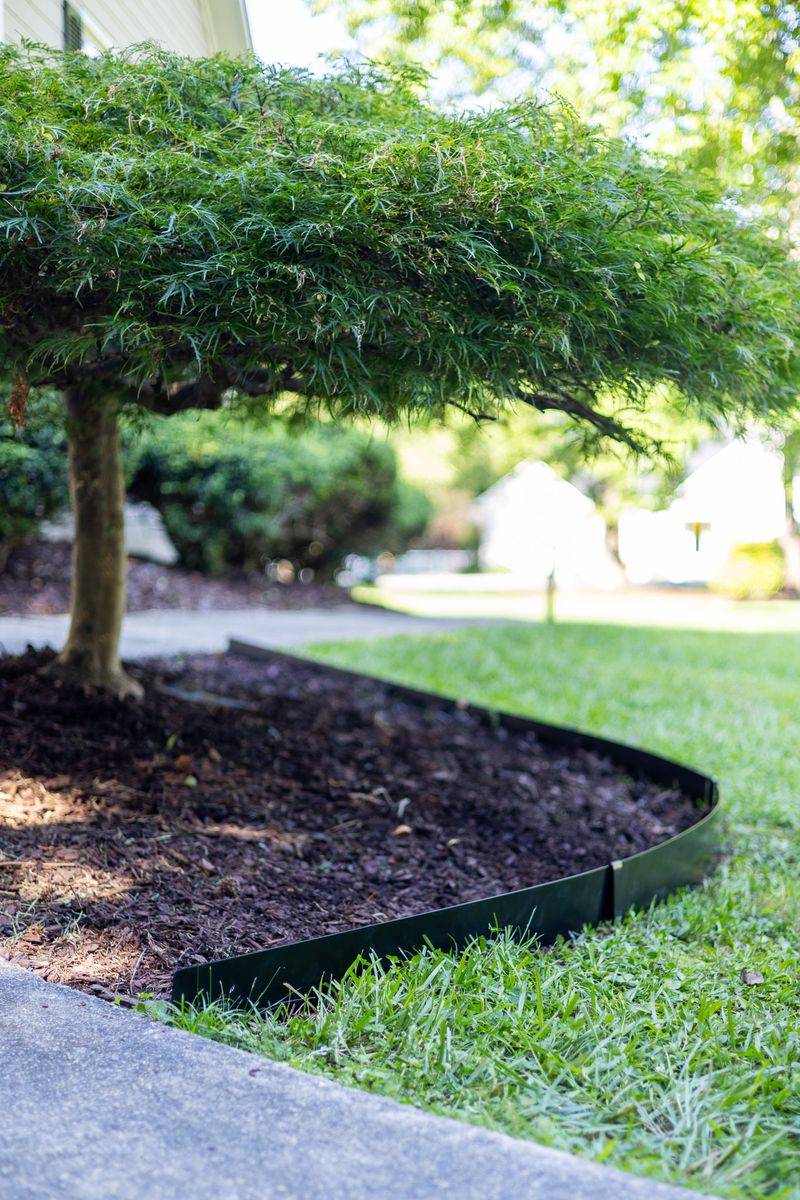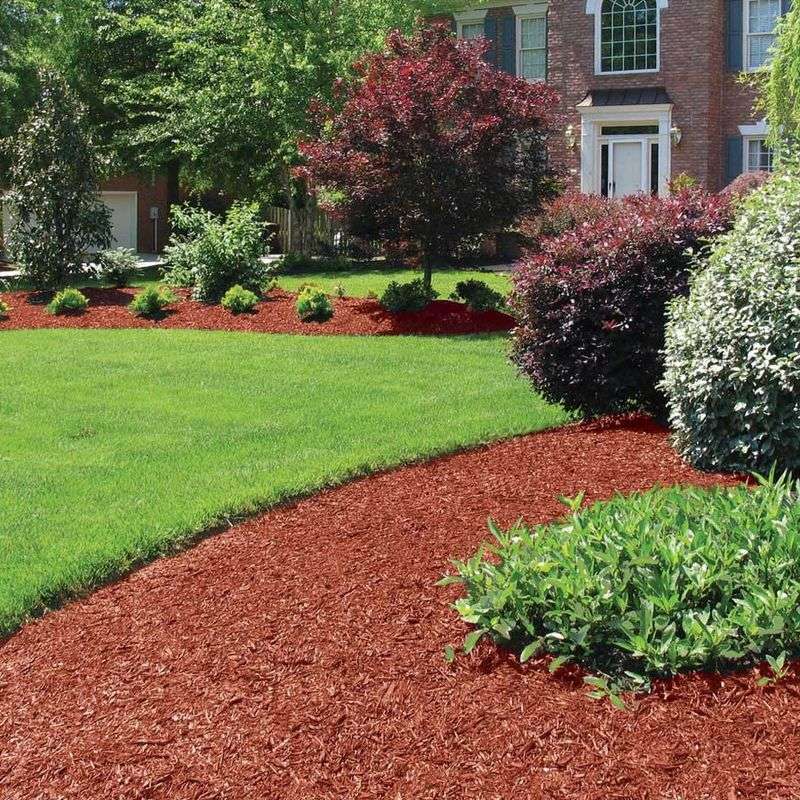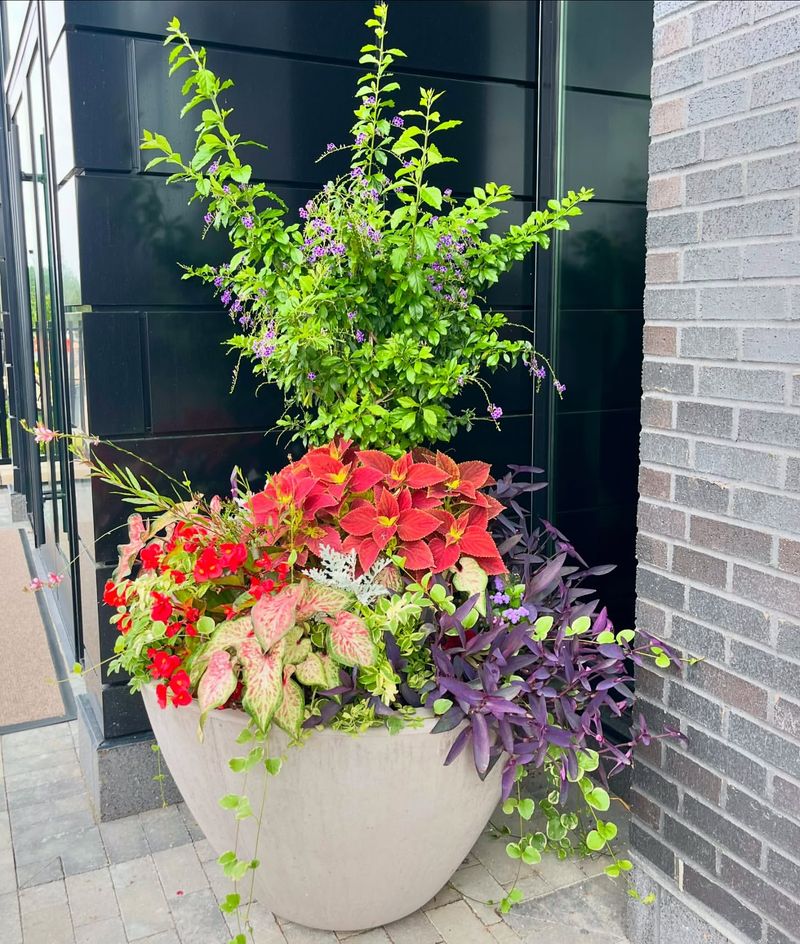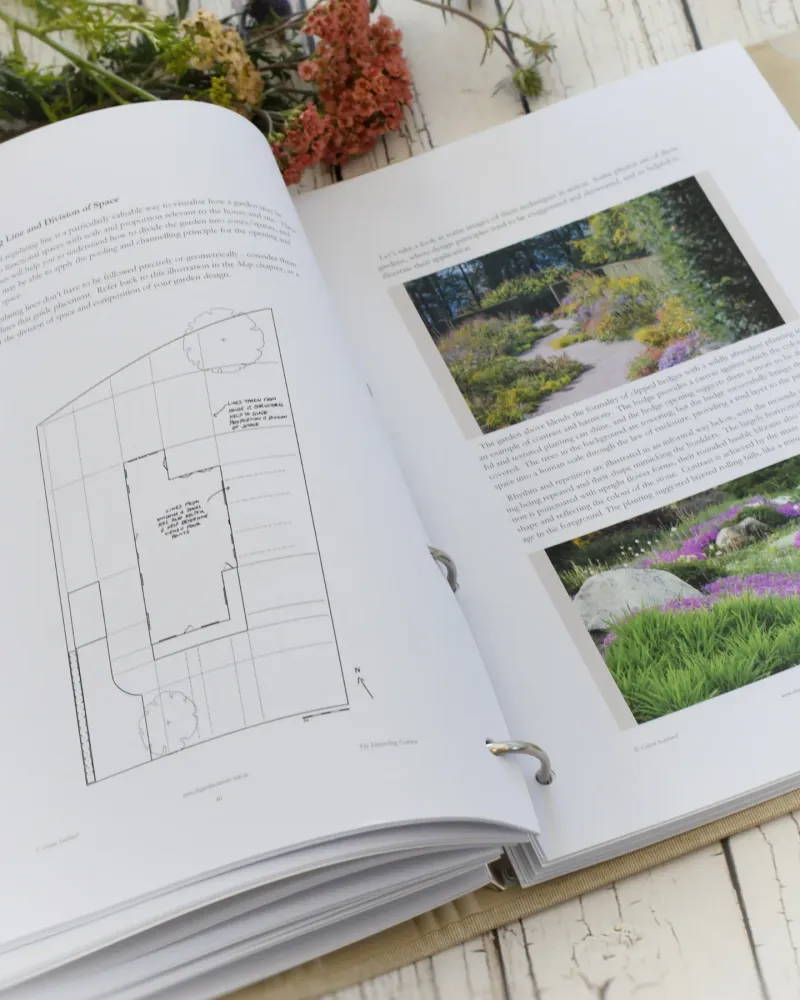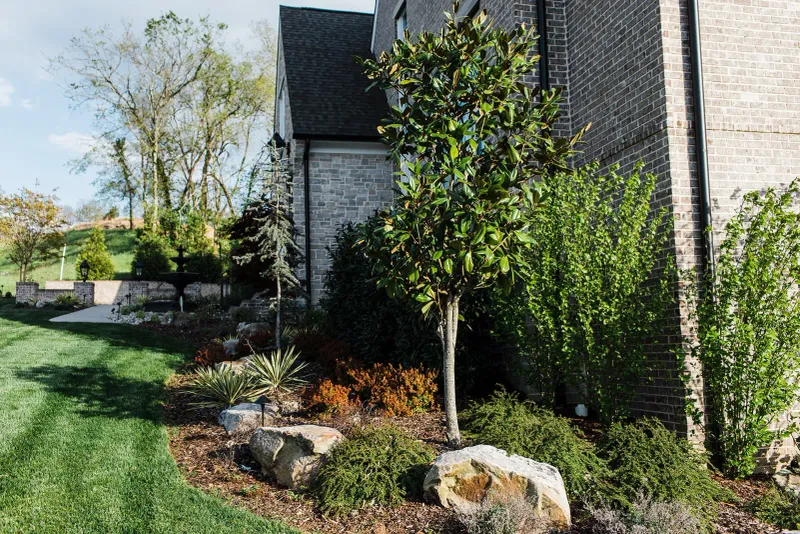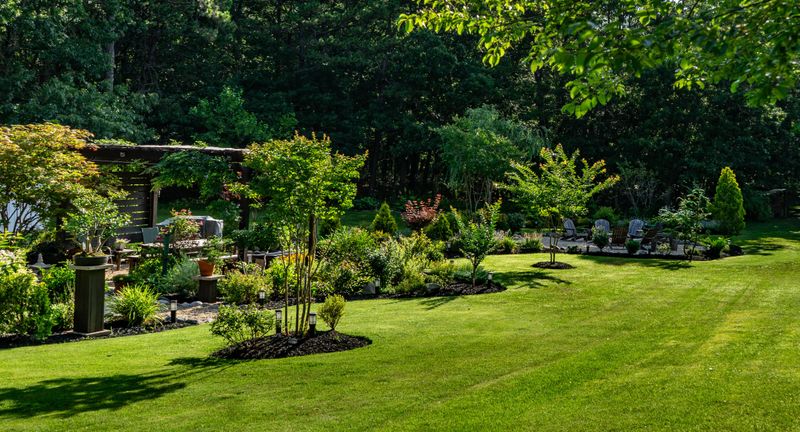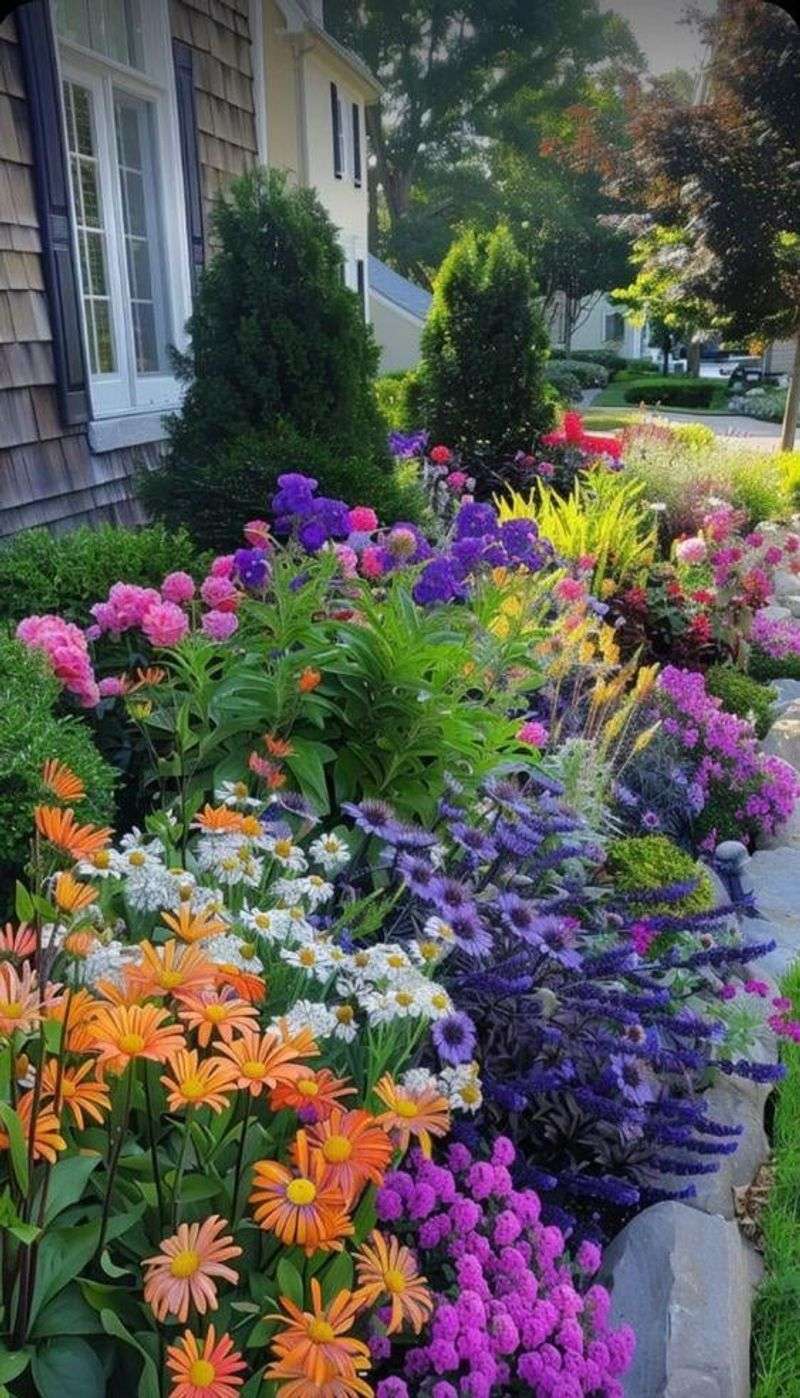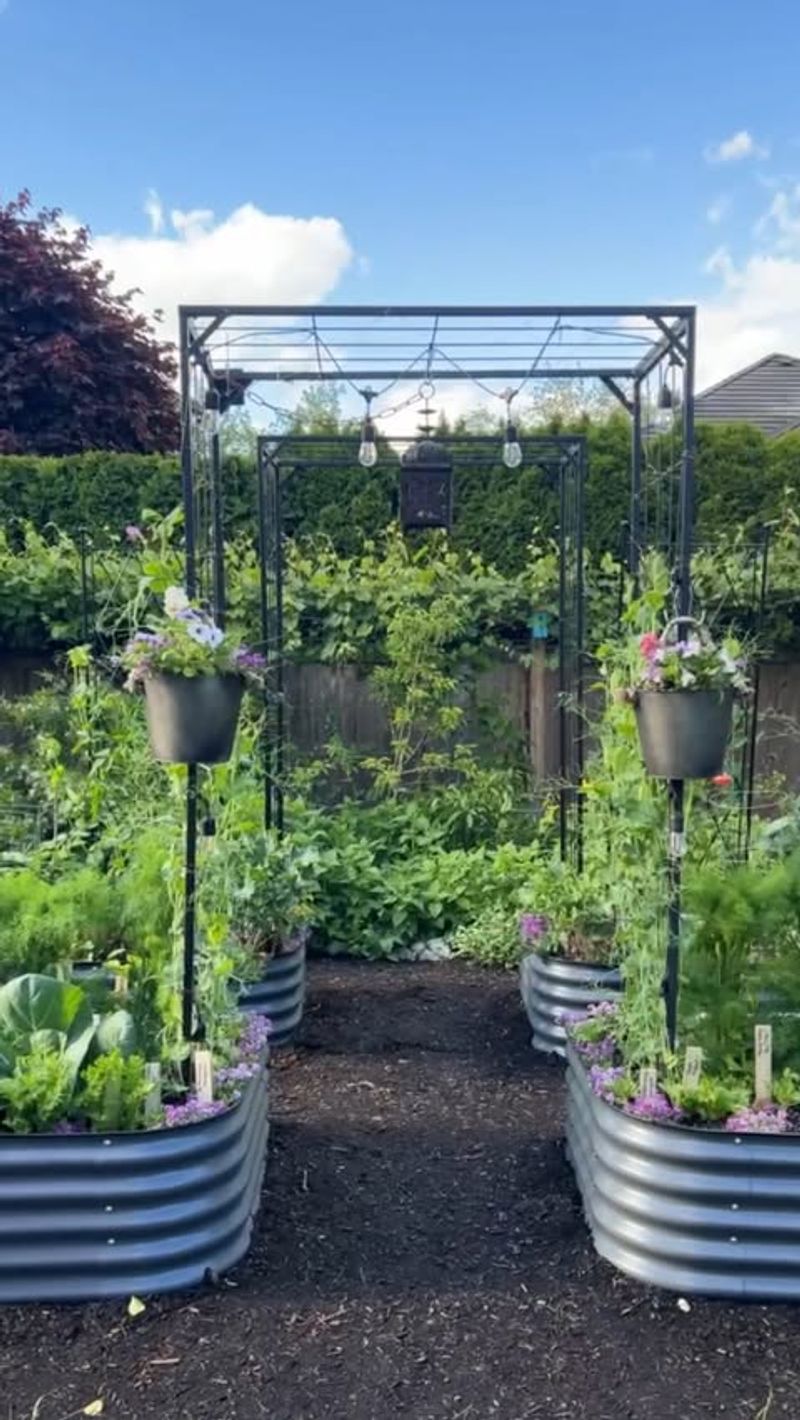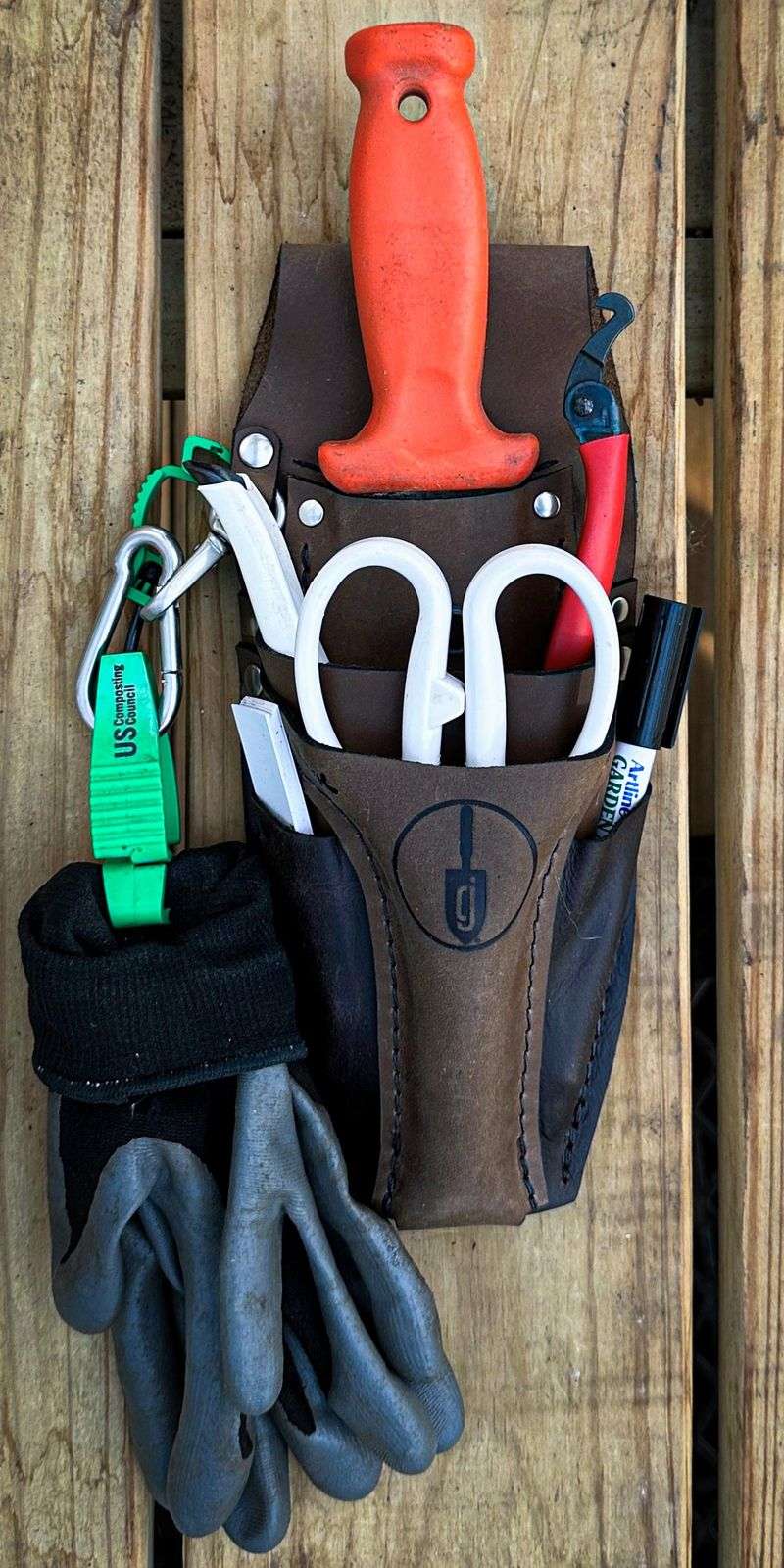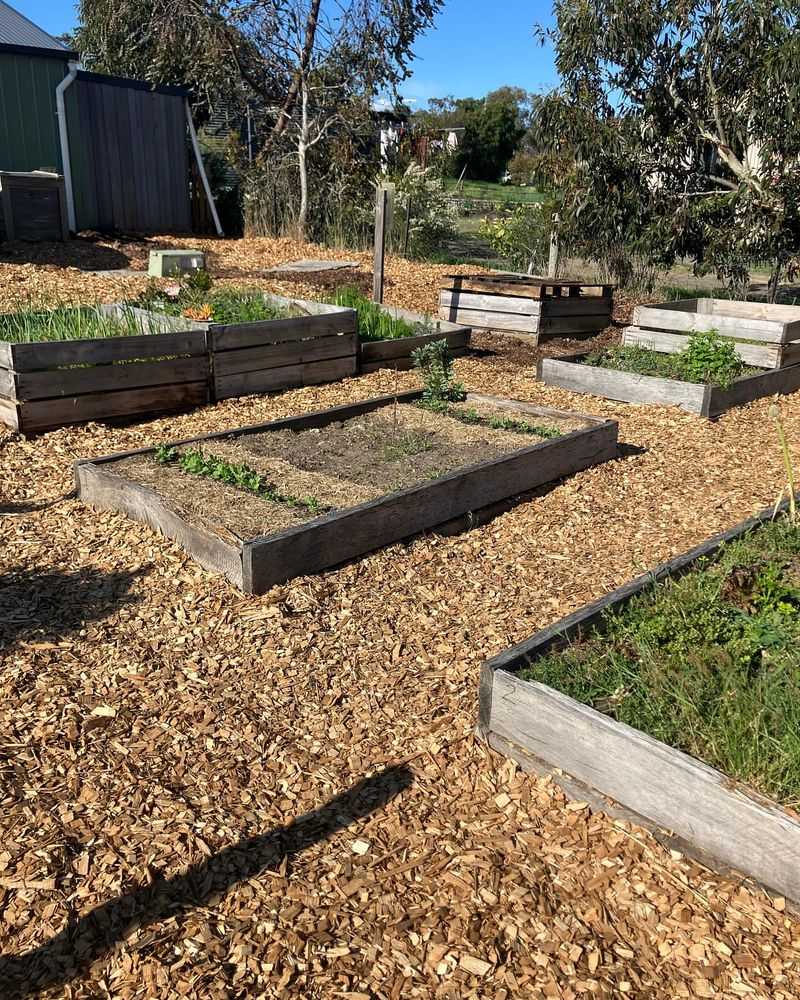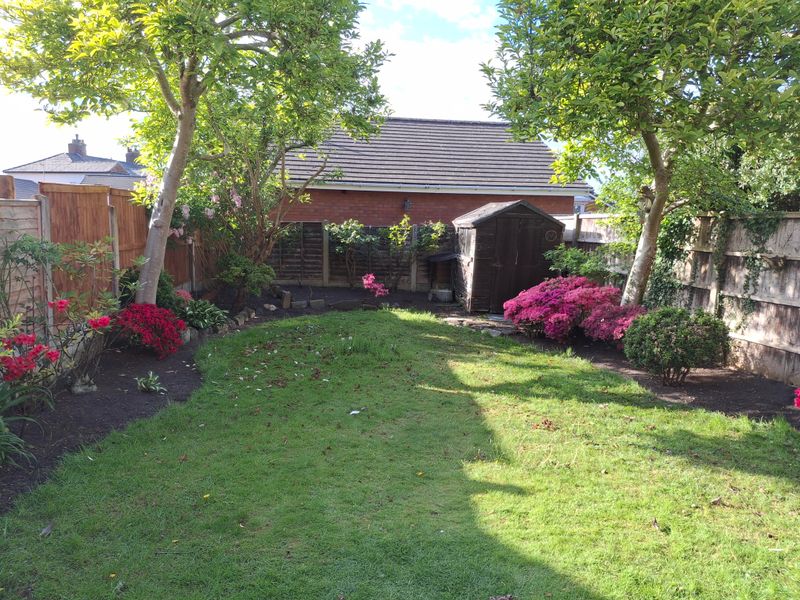We’ve all glanced out at a garden once full of promise, now tangled and wild—and felt that mix of guilt and nostalgia. Life happens. Between the weather, long workdays, and shifting priorities, even the most passionate green thumbs can lose momentum. Like the seasons, motivation comes and goes.
What once felt soothing can start to feel like one more chore on the list. But reclaiming that joy doesn’t need to be dramatic or exhausting—it starts with a small step, like clearing one corner or planting a single pot. Before long, the rhythm returns.
The smell of fresh soil, the first sprout pushing through—it all reminds you why you loved it in the first place. With a little time and care, that overgrown patch becomes a garden again—and so does your enthusiasm.
1. Start Small And Focused
Pick just one tiny area to transform first. Maybe it’s a single flower bed by your entrance or that small patch visible from your kitchen window. Success builds momentum!
Working in a concentrated space gives you a complete before-and-after experience in just an hour or two. The visible improvement provides immediate satisfaction and reignites your gardening spark.
Many gardeners make the mistake of trying to tackle everything at once, leading to burnout. I once abandoned my entire yard until I learned this focused approach – now I actually look forward to garden recovery days.
2. Create A Quick Victory List
Grab a notepad and jot down three 15-minute tasks you could complete today. Focus on high-visibility improvements like deadheading spent flowers or clearing a walkway.
Setting a timer makes these mini-sessions feel manageable. The physical act of crossing completed tasks off your list provides surprising satisfaction and builds positive momentum.
Our brains respond remarkably well to small wins. I keep my garden victory list on my phone, adding photos of completed areas for extra motivation when I’m feeling overwhelmed.
3. Prune Away The Dead
Armed with sharp pruners, remove anything obviously dead or damaged. Brown stems, dried flowers, and broken branches can go first – no botanical expertise required!
Clearing dead material instantly refreshes your garden’s appearance. The contrast between before and after provides immediate visual gratification that fuels motivation for tackling bigger projects.
Dead plant material can harbor pests and disease. Last summer, my garden looked hopeless until I spent just 30 minutes removing dead foliage – the difference was so dramatic, neighbors actually commented on the improvement.
4. Bring In Reinforcements
Invite a friend over for a garden rescue party. Having company transforms work into socializing while accomplishing twice as much in half the time.
Fresh eyes spot problems and opportunities you might miss. My neighbor Sarah pointed out that moving three plants completely transformed my front bed – something I never would have seen myself.
Afterwards, swap help at their garden or treat them to lunch. Garden buddies provide accountability and make the work genuinely fun rather than overwhelming.
5. Define Your Edges
Clean edges create instant definition and neatness, even when the beds themselves remain works in progress. A sharp spade and 20 minutes can transform your garden’s appearance.
Crisp boundaries between lawn and garden beds signal intentionality. The eye registers the clear separation as organization, even if some weeds remain within the beds themselves.
Edge maintenance becomes simpler once established. Running a string trimmer or edging tool along defined lines takes minutes but maintains that satisfying “someone cares for this space” appearance that motivates further improvements.
6. Mulch Magic Makeover
Fresh mulch performs garden miracles by instantly polishing a neglected space. Even with some weeds remaining, a layer of mulch creates a cohesive, intentional look.
Beyond aesthetics, mulch suppresses future weeds and retains moisture. After spreading mulch in my perennial bed last year, I noticed dramatically fewer weeds for months afterward.
Choose natural materials like shredded bark, cocoa hulls, or pine straw depending on your garden style. A 2-3 inch layer provides maximum benefit without suffocating plants.
7. Strategic Container Refresh
Containers offer immediate gratification when your main garden feels overwhelming. Replace struggling plants with fresh seasonal options that provide instant color and life.
Position these refreshed pots strategically near entryways or gathering spots. Your eye naturally gravitates to these beautiful focal points rather than lingering on areas still needing work.
Morning coffee beside my newly planted containers helps me appreciate garden progress rather than focusing solely on what’s left undone. This mental shift has been crucial for maintaining my gardening enthusiasm.
8. Identify The Root Cause
Take a moment to honestly assess why your garden declined. Was it lack of time, physical limitations, knowledge gaps, or unrealistic expectations? Understanding the true cause prevents repeating the cycle.
Gardens often fail when they don’t match our lifestyle realities. My shade garden struggled until I acknowledged I simply don’t have the sunny location certain plants require.
Adjusting your garden to your actual circumstances – not an idealized version – creates sustainable success. Low-maintenance plants, automated watering, or smaller growing spaces might be the solution your garden truly needs.
9. Embrace Seasonal Reset
Align your comeback with natural seasonal transitions. Spring and fall naturally signal fresh starts, making them psychologically perfect for garden renewal projects.
Seasonal changes bring practical advantages too. Fall’s cooler temperatures make physical work more comfortable, while spring’s natural growth cycle helps new plantings establish quickly.
My garden journal reveals a clear pattern – I consistently regain motivation during season changes. Rather than fighting this rhythm, I now plan major resets for these natural transition periods when my enthusiasm naturally peaks.
10. Implement A 10-Minute Rule
Commit to just 10 minutes of garden work daily. This tiny time commitment overcomes the mental barrier of starting, yet often extends naturally once you’re outside and engaged.
Consistency trumps marathon sessions. Regular brief interactions keep you connected to seasonal changes and prevent problems from becoming overwhelming in the first place.
My kitchen timer transformed my approach to gardening. What began as reluctant 10-minute sessions gradually evolved into my favorite part of the day – I often find myself happily working well beyond the timer’s beep.
11. Simplify Your Plant Palette
Assess which plants thrive despite neglect and make them your garden’s backbone. These resilient performers require minimal attention while providing maximum impact.
Consider replacing high-maintenance varieties with tough natives or adapted plants. My garden transformed when I replaced fussy roses with carefree native coneflowers and black-eyed Susans.
Repeated use of successful plants creates visual cohesion and simplifies care routines. Grouping plants with similar needs means you can water, prune, and maintain areas efficiently rather than addressing dozens of different requirements.
12. Divide And Conquer
Map your garden into distinct zones on paper, then tackle one zone completely before moving to the next. This systematic approach prevents scattered efforts that leave nothing fully finished.
Completed zones become motivation boosters. My husband never noticed garden work until I started finishing entire sections – now he regularly comments on the visible progress.
Zone completion provides natural stopping points. Rather than ending mid-task feeling defeated, you experience the satisfaction of genuine completion, even if it’s just one small section of your overall garden.
13. Invest In Time-Saving Tools
The right tools dramatically reduce effort and increase efficiency. A long-handled weeder, quality pruners, or a well-designed garden cart can transform dreaded chores into manageable tasks.
Evaluate which garden activities you avoid most and seek specific tools designed to simplify those exact challenges. After years of struggling, I discovered a stand-up weeder that eliminated my back pain from gardening.
Quality outlasts quantity. Rather than accumulating gadgets, invest in fewer but better implements that truly match your garden’s needs and your physical capabilities.
14. Celebrate Small Victories
Document your progress with before-and-after photos. Visual evidence of improvement provides powerful motivation when enthusiasm wanes during longer projects.
Share your garden victories, however small, with friends or on social media. External recognition reinforces your accomplishment and creates accountability for continuing the journey.
My phone’s garden album tells the story of remarkable transformation through tiny, incremental changes. Looking back at where I started reminds me that persistence, not perfection, ultimately creates a beautiful garden.
15. Schedule Regular Maintenance
Prevent future slumps by establishing a realistic maintenance routine now. Calendar reminders for seasonal tasks eliminate the guesswork of what needs attention when.
Brief, frequent sessions maintain order more effectively than occasional marathon efforts. Twenty minutes twice weekly keeps my garden perpetually presentable, unlike my previous cycle of neglect and exhausting recovery.
Attach garden maintenance to existing habits for better consistency. My morning coffee now includes a quick walk-through to deadhead flowers and pull obvious weeds – simple actions that prevent small issues from becoming overwhelming projects.

